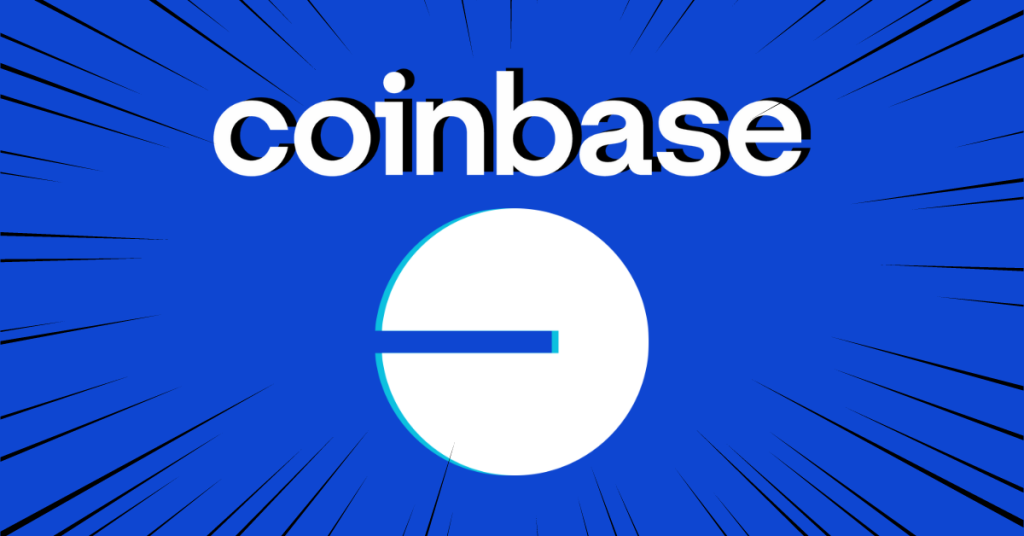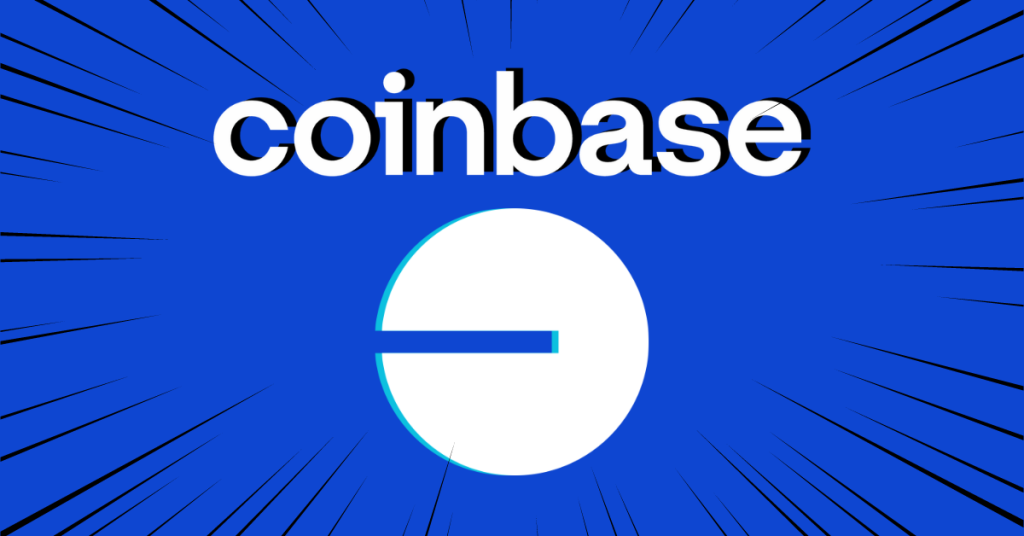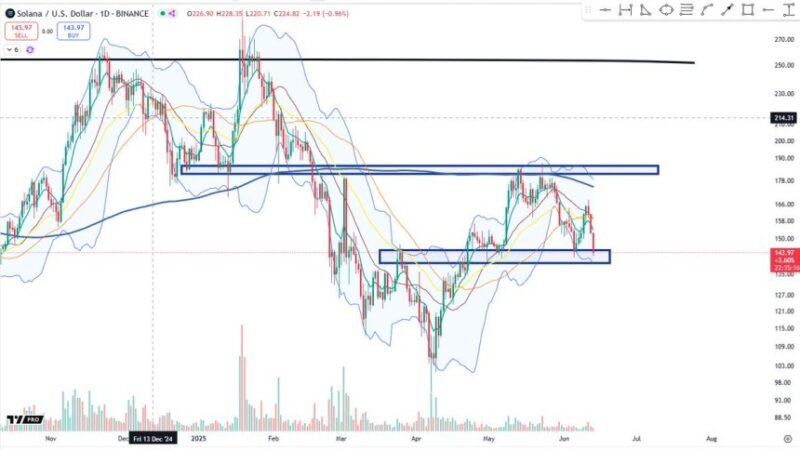Tokenization of Financial Assets Gaining Speed in High-Yield Settings, Coinbase Reports


The post Tokenization of Financial Assets Gaining Speed in High-Yield Settings, Coinbase Reports appeared first on Coinpedia Fintech News
Coinbase’s latest report highlights the swift momentum in financial asset tokenization as interest rates surge beyond 5%. However, in the coming 1-2 years, this trend will get even bigger from changing regular assets like bonds and agreements into digital tokens.
The Evolving Role of Tokenization
In a report published on Monday, October 30, Coinbase pointed out that the tokenization of financial assets is on the rise in this high-yield environment, reaching multi-year highs, which is expected to continue accelerating over the next 1-2 years.
Although tokenization, initially known for representing ownership of illiquid assets on a blockchain, is now evolving to digitize financial assets like sovereign bonds, money market funds, and repurchase agreements in today’s high-yield climate.
Meanwhile, it’s not limited to crypto; even major players like JPMorgan are diving into blockchain-based collateral settlements through the Tokenized Collateral Network (TCN).
Capital Efficiency and Instantaneous Settlement
In 2017, the opportunity cost of tokenization was around 1.0-1.5%. However, today’s environment, with nominal interest rates surpassing 5.0%, underlines the capital efficiency achieved through instant settlement.
This change particularly benefits financial institutions, reducing the settlement cycle from the traditional T+2 to real-time. Additionally, the capability to operate 24/7 and maintain transparent audit records enhances on-chain payments and settlements.
Rising Demand and Lowering Risks
The recent surge in front-end bond yields has led more regular people to look for ways to make extra money. They’re using new systems to get into digital US bond markets. The digital bonds on public networks got six times bigger this year.
Over the past six years, people have learned more about how to use digital tokens, especially big people at big companies. The chances of things going wrong have also gone down a lot because of atomic settlements in delivery-vs-payment and delivery-vs-delivery scenarios.
People are thinking about how big this token thing can get, from Citigroup’s $5 trillion to Boston Consulting Group’s $16 trillion by 2030. But remember, this isn’t just about tokens; it also has to do with new digital dollars from CBDCs to Stablecoin


